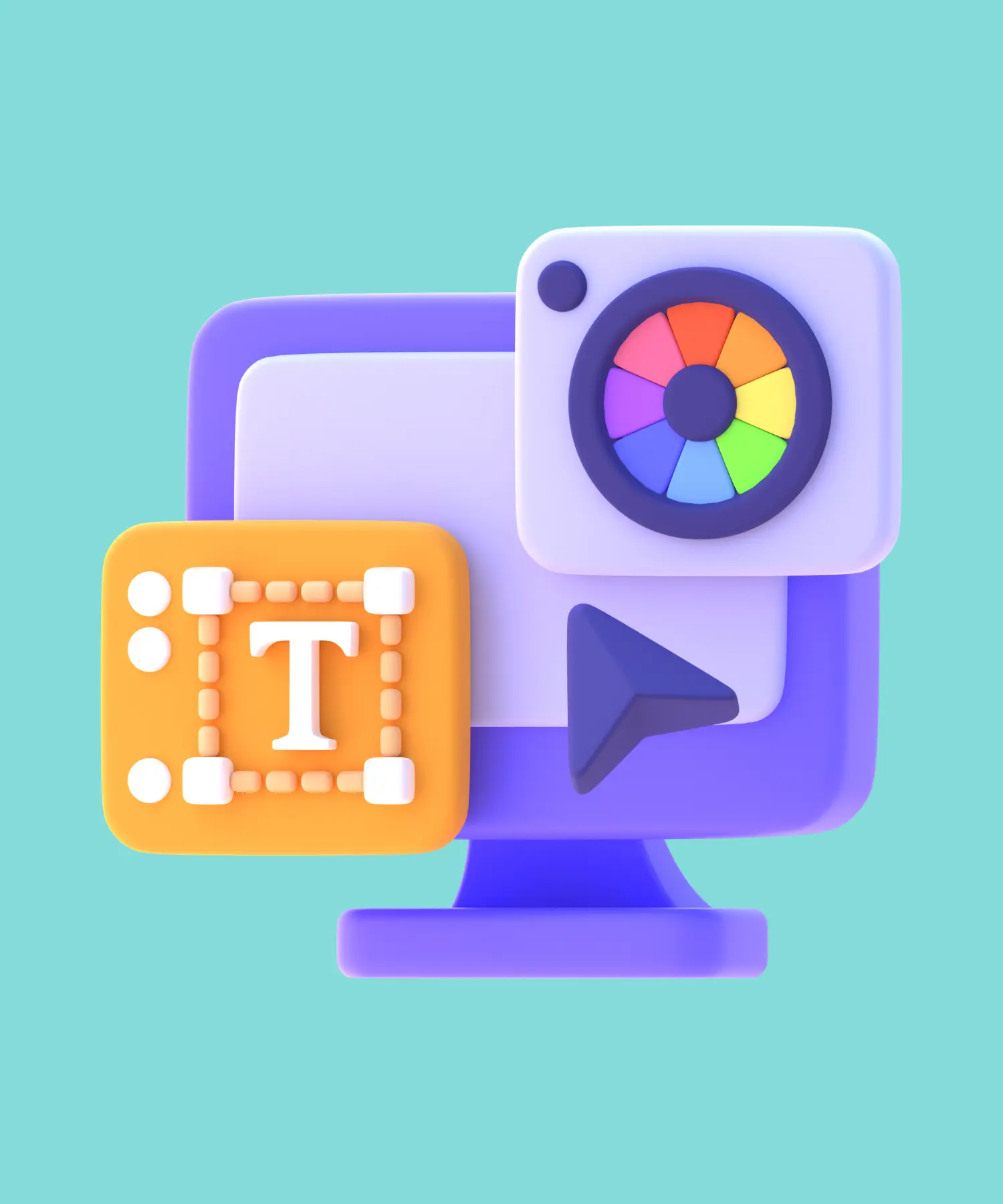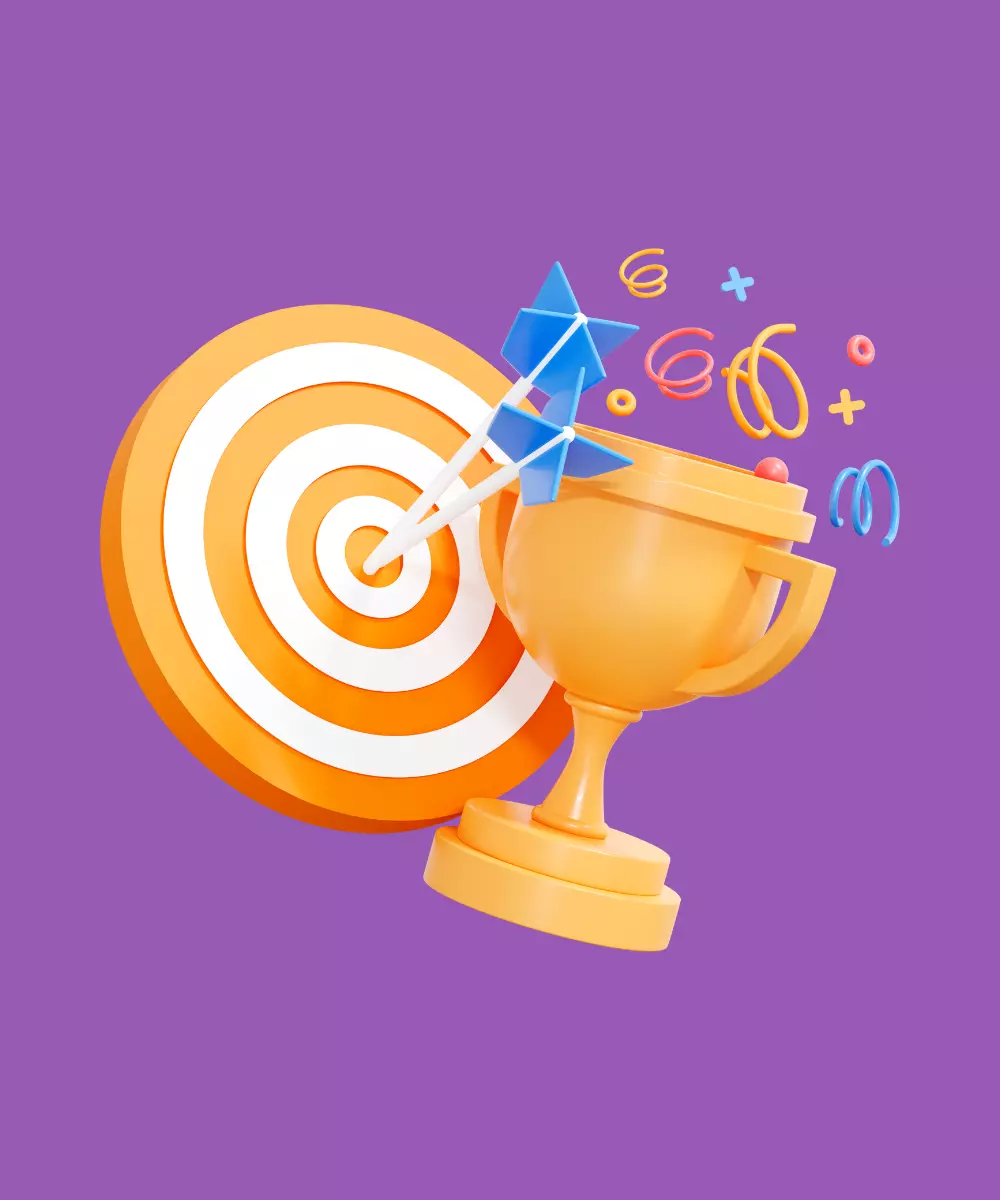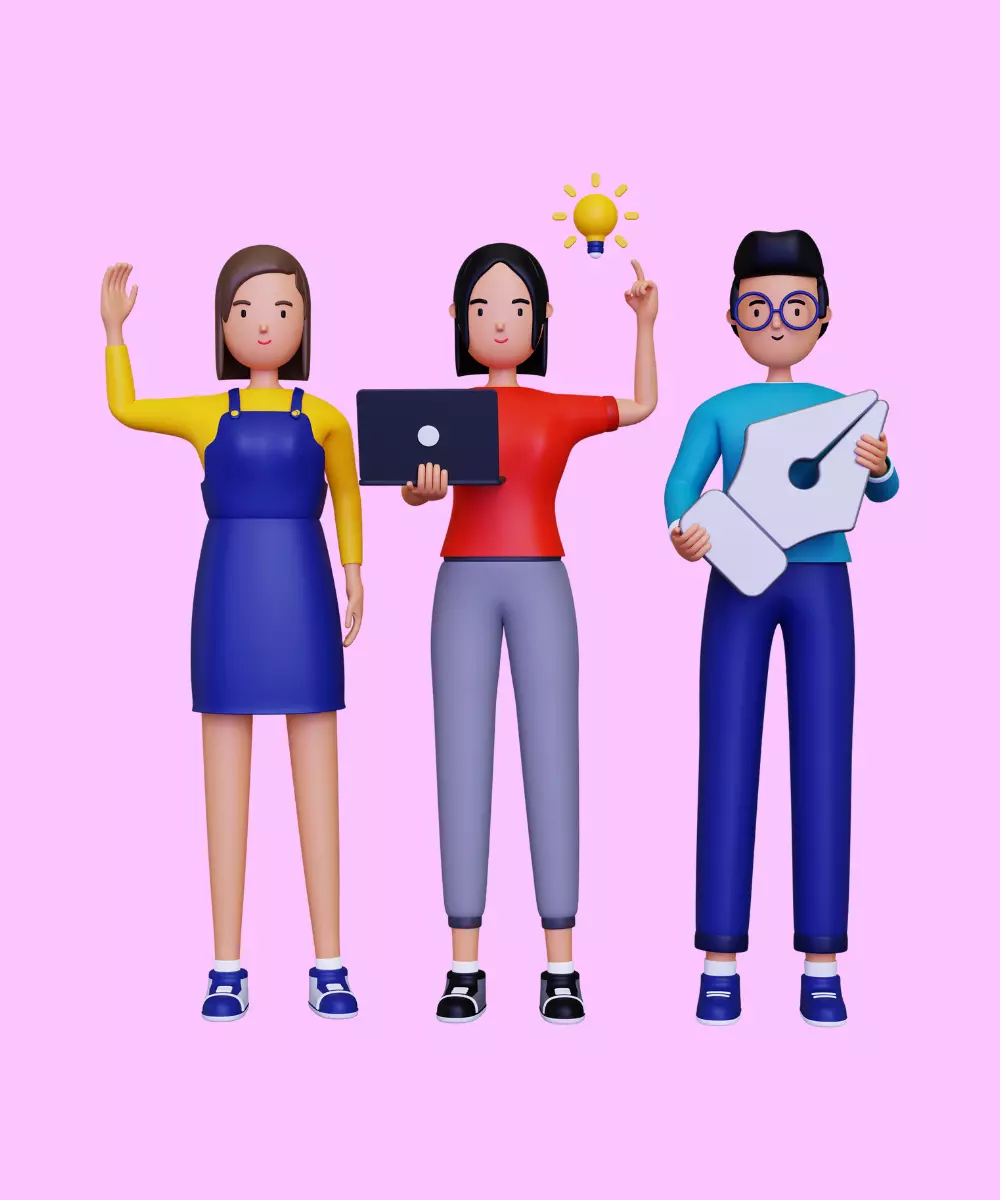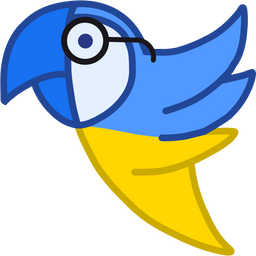In the digital era, mobile applications have become integral in transforming how businesses interact with their consumers. Whether it's a social media application, a banking app, or an e-commerce platform, the quality and efficiency of the app significantly impacts the customer experience. Consequently, assembling an effective mobile app development team is crucial to achieving your business objectives.
Our guide will delve deeper into the structuring of an efficient mobile app development team, highlighting the roles, responsibilities, ideal team size, and costs. For businesses exploring options as hiring dedicated development teams, this information is paramount.

Detailed Roles in Mobile App Development Team
Building a versatile, efficient mobile app is a collaborative endeavor, requiring different roles for success:
1. Project manager
The journey starts with the project manager, who is the captain of the ship. They ensure all tasks align with the overall vision, efficiently coordinating between stakeholders and the team. The project's success relies heavily on their expert navigation through development's choppy waters.
Key responsibilities of project manager:
- Initial project planning
- Defining and managing project scope
- Scheduling and resource management
- Risk management and mitigation
- Managing communication with stakeholders and the team
- Budgeting and financial tracking
- Closing out projects
2. UX/UI designer
Designer is the creative mind behind the project. He is responsible for the look and feel of the app, ensuring that it's not only attractive but also intuitive and user-friendly.
Key responsibilities of UX/UI designer:
- Conducting user research and creating user personas
- Sketching out user journeys and creating wireframes
- Designing interactive prototypes
- Conducting usability testing and iterating on designs
- Collaborating with developers to implement designs

3. Mobile app developers
These are the software experts who construct the functional parts of the app. They are proficient in various coding languages and frameworks, such as Flutter, which allows for the development of high-quality, cross-platform apps.
Key responsibilities of mobile app developers:
- Writing clean, efficient, and reusable code
- Collaborating with designers to implement visual designs
- Troubleshooting and debugging
- Performing code reviews to ensure high-quality code
- Keeping up with the latest trends in mobile development

4. QA-engineers
QA-engineers play a critical role in ensuring the quality of the final product. They test the app at various stages of the development process to identify and fix bugs, and ensure that the final product meets the project requirements.
Key responsibilities of QA-engineers:
- Creating detailed, comprehensive, and well-structured test plans and test cases
- Identifying, recording, and documenting bugs
- Performing regression testing when bugs are resolved
- Liaising with internal teams (e.g., developers and product managers) to identify system requirements
- Monitoring debugging process results
5. Backend engineers*
Backend engineers optionally take part in the app development. They work behind the scenes to ensure that all the systems and services that the front-end communicates with are functioning as expected.
Key responsibilities of backend engineers:
- Developing server-side logic;
- Designing and maintaining databases, ensuring data integrity and security;
- Designing, implementing, and managing APIs that enable communication between the server and the frontend;
- Implementing data storage solutions and managing user authentication and authorization;
- Tuning application performance, streamlining code, and manage server response times;
- Troubleshooting and resolving backend issues;
- Developing and executing unit and integration tests to ensure quality;
- Managing the deployment process and optimizing applications to handle load changes.
By understanding the roles and responsibilities of each team member, you can ensure that you have the right mix of skills and expertise for your project.
Stages of App Development and Key Team Members
Transforming a business concept into a comprehensive Flutter mobile application demands industry expertise, proficient skills, dedicated effort, and substantial financial investment. The Flutter mobile app development process is generally divided into five key stages:
- Product discovery;
- Idea validation;
- UX/UI strategy;
- Design and development;
- Testing and improvement.
The composition of the development team often depends on the current stage of the mobile app development process. Let's examine how your Flutter app development team may look throughout each stage.
Product discovery
During this phase, your goal is to conceptualize your app, its features, and its underlying business logic. This involves defining your app’s objectives, value, features, and studying your competitors. The primary purpose of the product discovery phase is to create a basic app prototype to ensure everyone on the team shares the same understanding.
Idea validation
During this stage, you confirm your app idea by analyzing initial user experiences with a validation prototype. Based on the idea validation process outcomes, you may choose to pivot or proceed with creating an improved app prototype that includes your app’s flow and UX design.
UX/UI strategy
At this juncture, your team begins crafting a detailed user interface and generating a high-fidelity, interactive prototype. This allows testers to evaluate the app’s navigation and usability and enables the team to promptly rectify usability issues and enhance the user experience.
Design and development
This phase involves your team building a minimum viable product (MVP) to test your business idea in the real world. An MVP is a version of the app that includes basic functionality, targeting the primary needs of the audience.
Testing and improvement
This stage involves analyzing user experience to fix crashes, bugs, and implement necessary adjustments to refine your app. It's the final checkpoint before your app hits the market.
If your goal is to expedite your app's entry to the market and you have the financial resources, you can bring on additional developers and IT specialists for faster development at an extra cost.

Size of Mobile App Development Team
The size of your team can vary significantly depending on the scope and complexity of your project. While a small app with basic features might require a small team, a large app with complex features would require a much larger team. Let's consider three typical team compositions:
Small development team
Size: Typically consists of 1 to 3 members.
- Flutter developer - skilled in writing Dart code and implementing the app's functionality using the Flutter framework.
- UI-UX designer - responsible for designing visually appealing interfaces and ensuring a smooth user experience.
- Project manager - oversees the project, manages timelines, and coordinates tasks within the team. In a small team, this role may be shared among the members or handled by the developer.
Medium development team
Size: Typically consists of 4 to 8 members.
- Flutter developers - writes efficient Dart code, implements features, and ensures seamless app functionality.
- UX/UI designer - collaborates with the team to create visually appealing designs and intuitive user interfaces.
- Project manager - manages the project, coordinates tasks, and ensures timely delivery.
- QA-engineers - conducts thorough testing to identify and resolve any bugs or issues.
- Backend developers - focuses on server-side programming, API integrations, and database management.
Large development team
Size: Typically consists of 8 or more members.
- Flutter developers - divided into teams based on specific areas of expertise within Flutter development.
- UX/UI designer - collaborates closely with the developers to create cohesive designs and ensure a superior user experience.
- Project manager - leads the team, manages resources, and oversees the project's progress from initiation to completion.
- QA-engineer - conducts extensive testing and quality assurance to ensure a stable and bug-free app.
- Backend developer - handles server-side programming, API integrations, database optimization, and scalability.
- DevOps engineer - manages deployment, infrastructure, and continuous integration/continuous delivery (CI/CD) processes.
- Business analyst - conducts market research, gathers requirements, and ensures the app aligns with the client's business goals.
- UX researcher - conducts user research, usability testing, and provides insights to enhance the app's user experience.
It's important to note that the roles and responsibilities mentioned above may overlap or be combined based on the agency's specific structure and project requirements.
While it might seem advantageous to have a larger team for the sheer volume of work, bear in mind that managing a larger team can come with its challenges. Communication and coordination can become more complicated as team size increases.
Calculating Costs
The cost of developing a mobile app can vary widely, influenced by factors such as:
- The complexity of the app;
- The geographical location of your team;
- The expertise and experience of the team members;
- The time frame for the project.
To compute a rough cost estimate, multiply the hourly rates by the estimated number of hours required per role. For a detailed perspective on Flutter app development cost, you may want to check our comprehensive article on this subject.

Please note that actual costs can vary. For instance, outsourcing your project can potentially result in considerable savings while also giving you access to a global talent pool.
Conclusion
Assembling a mobile app development team can be a daunting task, especially given the variety of skills and expertise required. However, understanding the roles, responsibilities, and costs involved can guide your decision-making process, ensuring you assemble a team that's well-equipped for the task.
By choosing Flutter for your app development, you stand to benefit from faster development time, beautiful UI, and excellent performance.

Our agency offers expert Flutter app development services, delivering high-quality, customized solutions that align with your business objectives. Choosing our agency for your Flutter app development ensures that you're working with a team of professionals who are well-versed in the latest trends and technologies in Flutter development. We understand the nuances of Flutter development and can deliver high-quality apps tailored to your business needs.
Ultimately, the success of your mobile app development project hinges on careful planning, assembling the right team. Whether you're building a small, simple app or a large, complex one, our team is here to support you every step of the way. Get in touch with us to discuss your project needs and learn how we can add value to your mobile app development venture.












